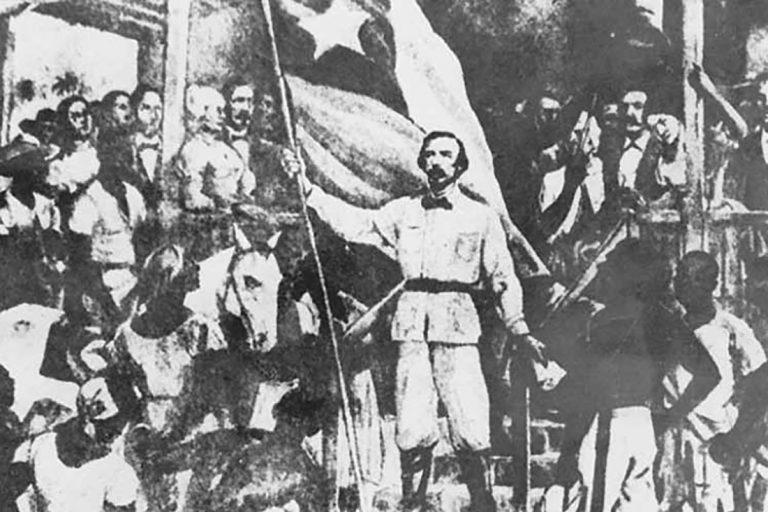Anti-slavery thinking has an outstanding moment in the Sibanicú Decree, as it is a pronouncement that evidences the criteria of the people of Camagüey and supports the proclamation issued by Carlos Manuel de Céspedes on December 27th, 1868, in Bayamo.
The historic pronouncement is made by the Assembly of Representatives of the Center, an institution that brought together the mambisa insurrection of that region, which had the advice of the young lawyer Ignacio Agramonte.
Its members also included Salvador Cisneros Betancourt, Eduardo Agramonte Piña and Francisco Sánchez Betancourt. Likewise, it was described years later by Manuel Sanguily as “the most decisive conquest of that Olympic decade”.
A Single Purpose
Although both approaches coincided in the abolition of slavery, a clear difference was observed between them. While the proclamation of the Father of the Nation advocated a gradual elimination; the decree, forcefully, did so for a radical abolition, without conditions, beyond the compensation to the affected owners.
In this way, the weight of the regional socio-economic conditions -Camaguey cattle rancher and the Oriente more sugar and coffee-producing-, and also of collective and individual interests can be appreciated.
Likewise, it is valid to highlight that the path followed by the principeños had a clear precedent led by Joaquín de Agüero, so the Camagüeyan performance was not an isolated element.
The road to Guaimaro
Undoubtedly, it marked the bases on which the subsequent discussions of the subject that they had in the Assembly of Guáimaro, held on April 10th, 1869, were based, a transcendental moment, since the constitutional charter in its article 24 declares that “all inhabitants of the Republic are entirely free. In the same way, in said assembly the positions assumed came to light.
Formal abolition
Despite all the actions carried out and the role played by blacks and mestizos during the independence struggles, the formal and complete abolition of slavery occurred several years later, in 1886, with the decree that repealed the Patronage Law approved on February 13th 1880.
Conclusions
The Sibanicú Decree not only constituted an important step towards the subsequent abolition of slavery, but also demonstrated the uniqueness of the region in this regard and the importance of the black element in the war.
References:
– ACN. “Un paso importante por la abolición de la esclavitud en Cuba”. Agencia Cubana de Noticias. Del 4 de febrero del 2017.
– Fernández Madruga, Yang. “Francisco Sánchez Betancourt, servidor de su patria”. Periódico Adelante del 23 de septiembre de 2020.
– Wejebe Cobo, Jorge. “Abolición de la esclavitud, esencial para la lucha independentista”. Periódico Adelante del 26 de febrero de 2020.
Translated by: Aileen Álvarez García






